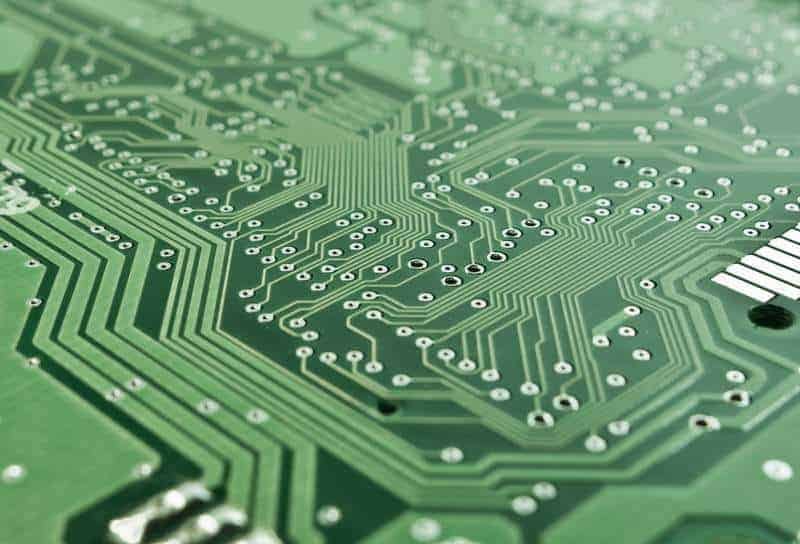Fuel Cell Technology: Advantages and Disadvantages

In this age of technology, there is a development every minute in almost all the fields in one regard or the other. Such a significant result in a lot of alternate energy is the Fuel cell. A fuel cell, in simple terms, is an electrochemical energy generating device. It has been one of the most fascinating and interesting aspects of today’s world’s technology. Many things are yet to be developed in this field, and there are a huge scope and application for these Fuel Cells. These fuel cells are being under research by many people all around the world. Construction and Working There are many different types of fuel cells. But the basic construction and working of a fuel cell are the same, and the concept behind it is also the same. The Fuel cell works on the principle that energy is produced when some chemical reaction occurs. If this energy can be tapped, it can be converted into practical means. In a conventional fuel cell, the reaction occurs between hydrogen and oxygen, and water is formed. This is the primary chemical reaction that happens, and energy produced by this is tapped through proper channels and used for several applications.…









